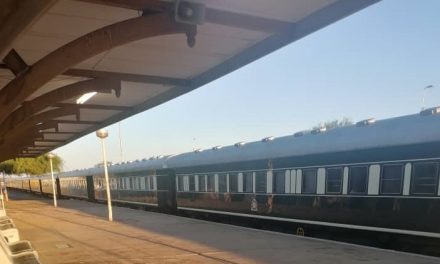
NAC improves rescue and fire fighting

After a rigorous selection process which focuses on both mental ability and physical fitness, rescue and fire fighting recruits start their training. The Namibia Airports Company is currently training 51 new recruits.
Norman Pule, Manager: Operations, Safety & Security at the Airports Company said “The newly recruited Airport Rescue & Fire Fighting intake is aimed at complementing the staff shortage that the NAC is currently facing.
Pule said that in the NAC’s 2014-2017 Strategic Plan, Priority Area 1 is safety and security and this has thus been a focus area for the past couple of months. “Not only do we implement Phase 1, but ARRF will remain a priority and focus area throughout all implementation phases of the new strategy.”
The new recruits and subsequent training have progressed well and Pule expressed his satisfaction with the calibre of the people who have been trained. He added, “Personnel recruited for ARFF duties should be resolute, possess initiative and be competent to make a rapid and intelligent assessment of a fire situation. Due to the arduous nature of the ARFF duties, personnel selected for this work must be free from any physical disabilities which might limit their performance and which might also be aggravated by a high level of exertion.” He said that in addition to physical suitability, psychological factors are also an important factor. Before any interview the NAC requires a written medical assessment and report from a qualified medical practitioner and the company also conducts on-site ARFF pre-entry physical fitness tests, based on ARFF activities.
“It is only once the candidate is found successful that they are invited for an interview” he said.
Pule concluded, “Safety and security at our airports remain priority number one to ensure the safety and security of all our stakeholders.”











































